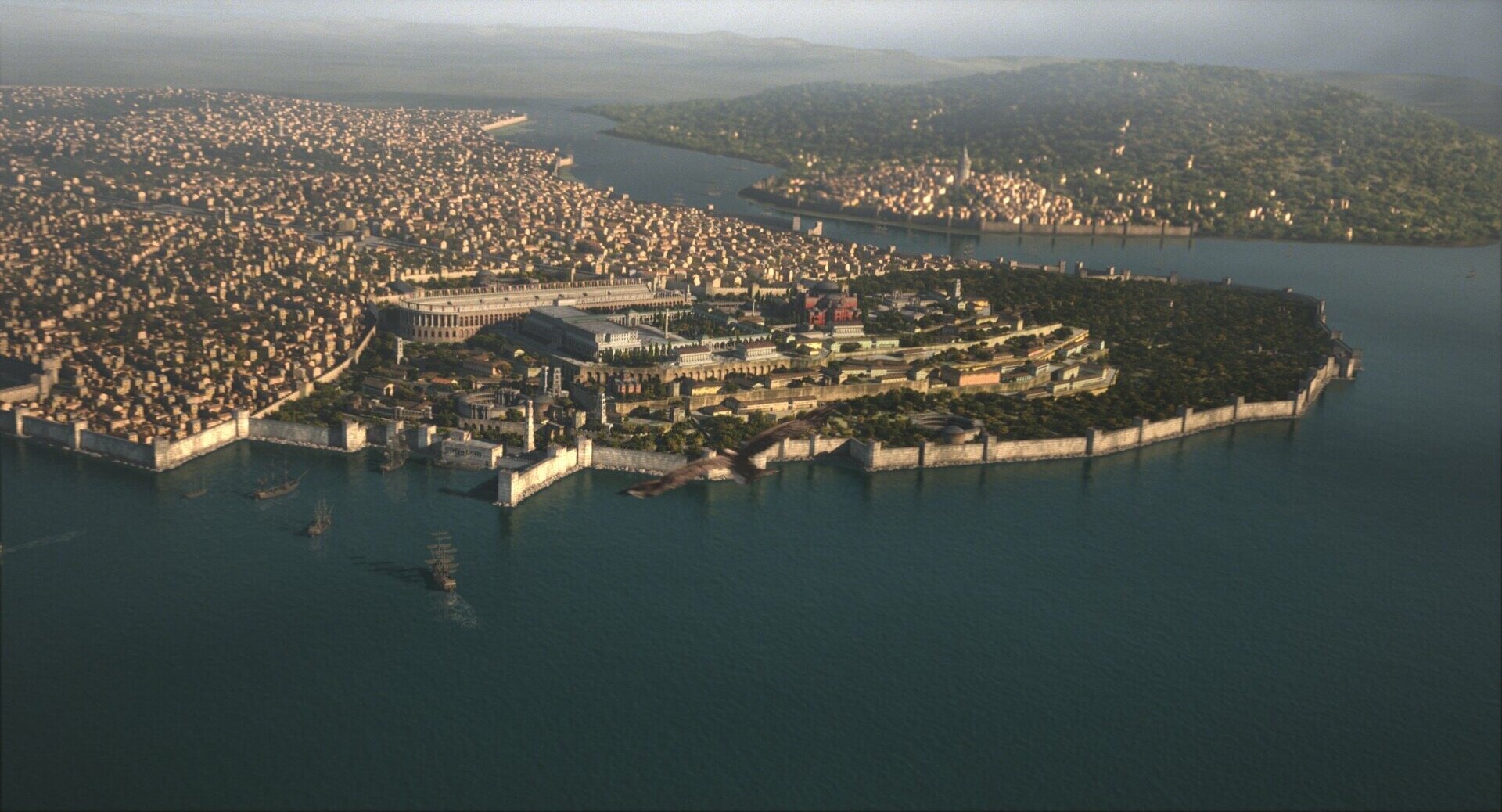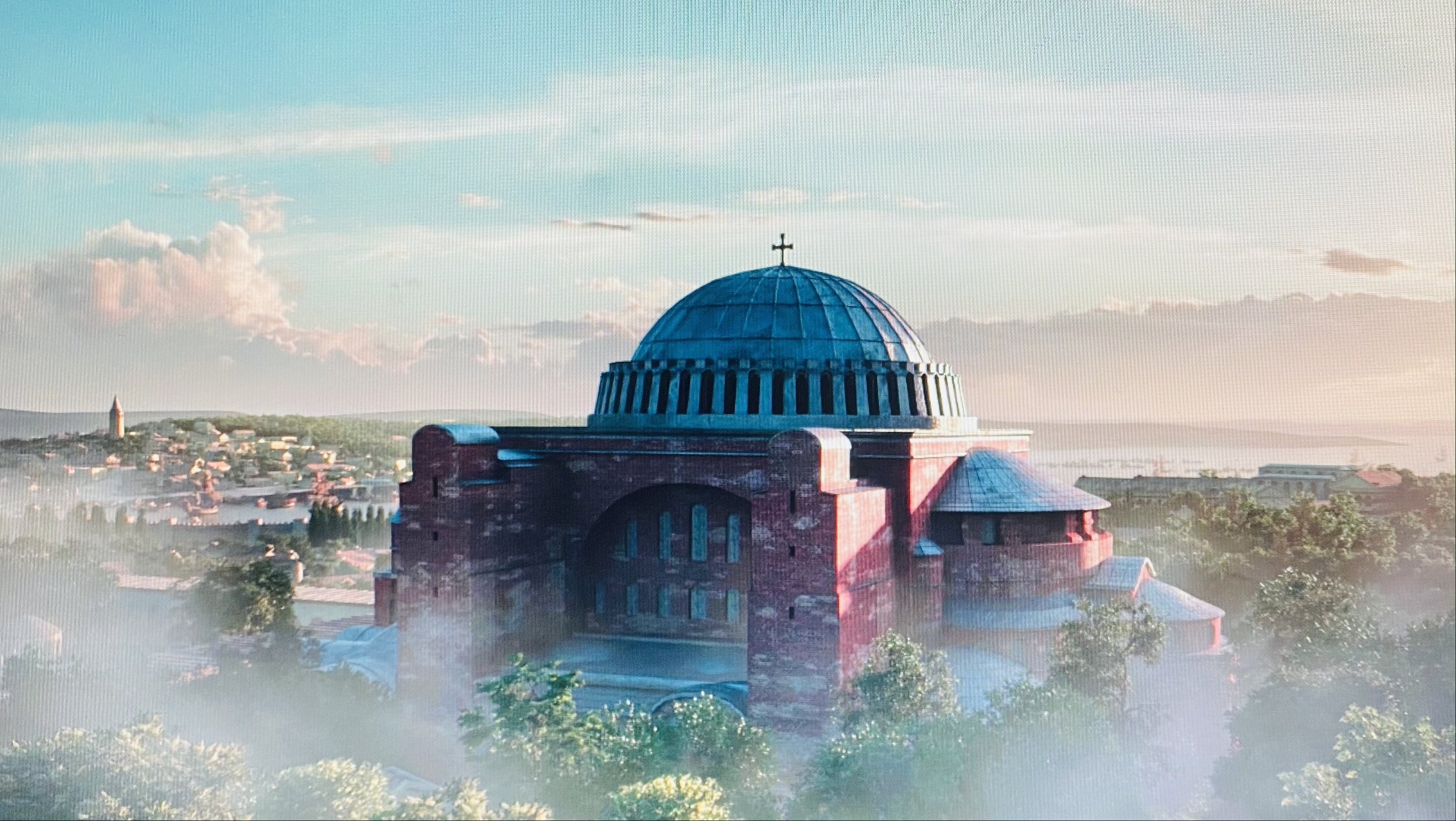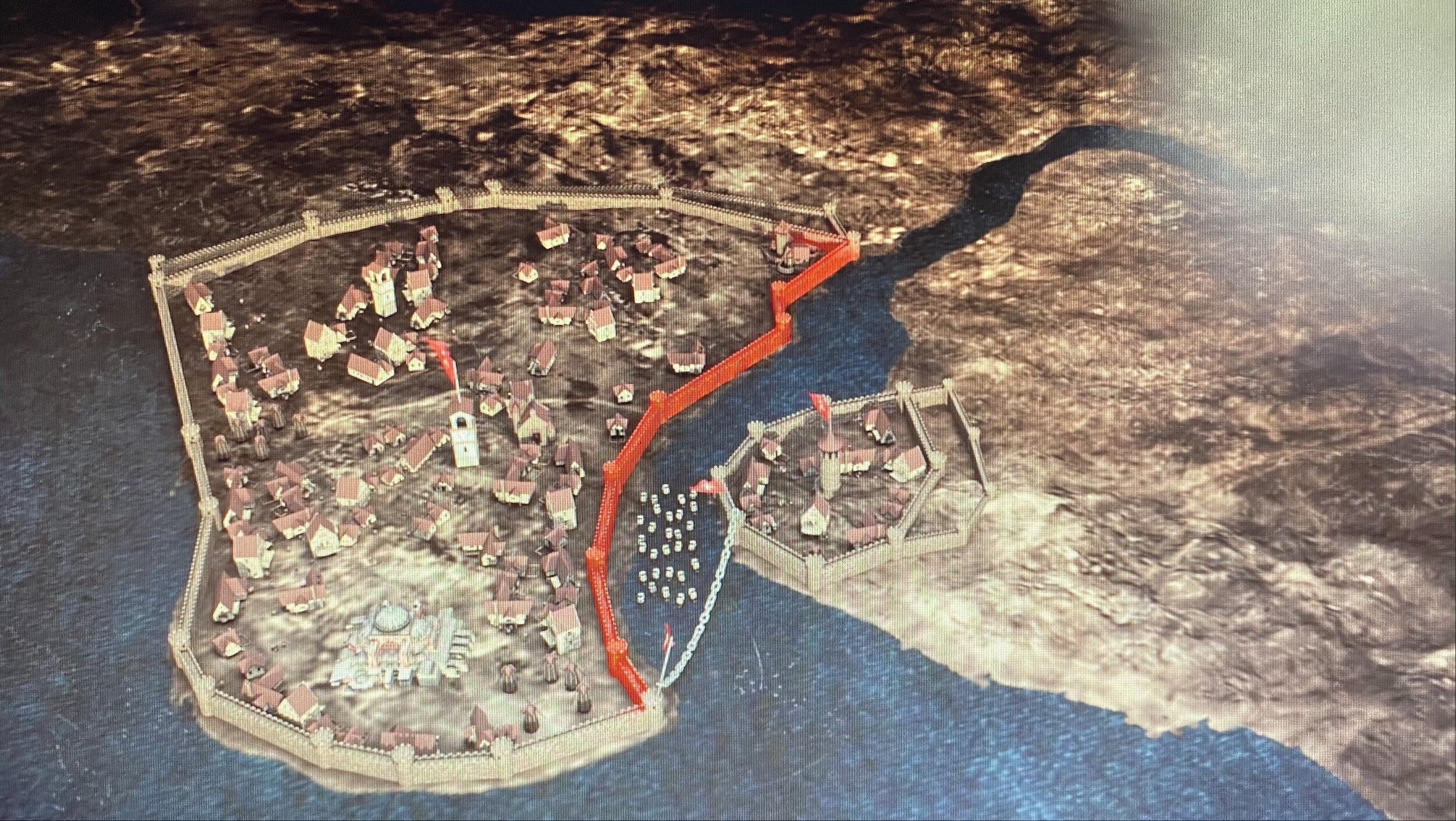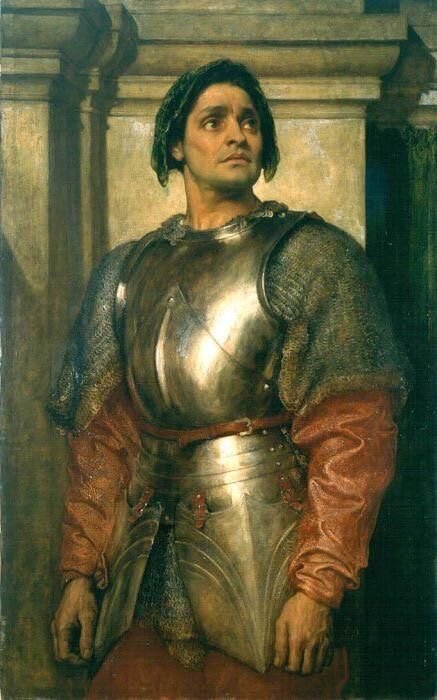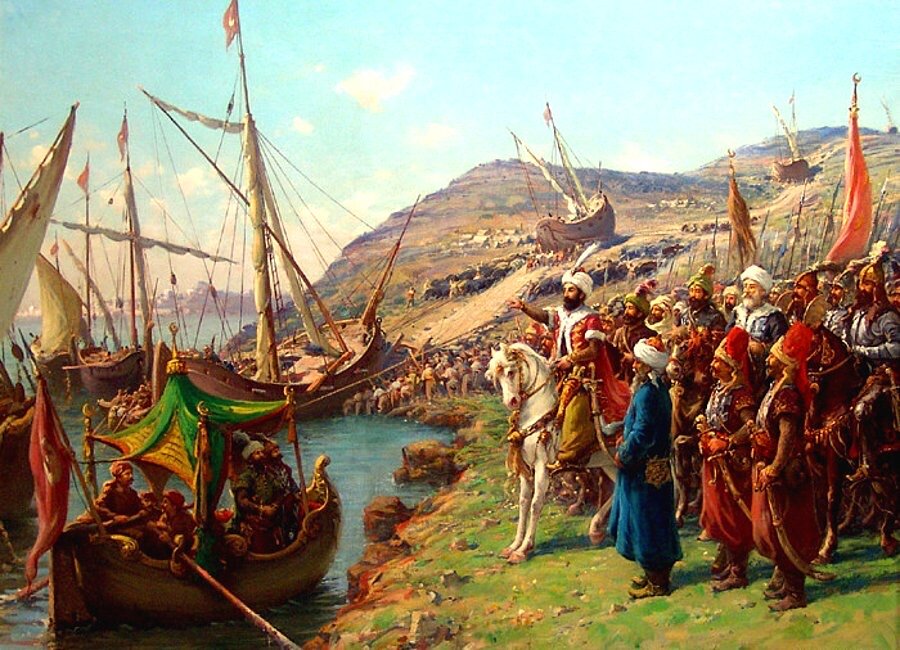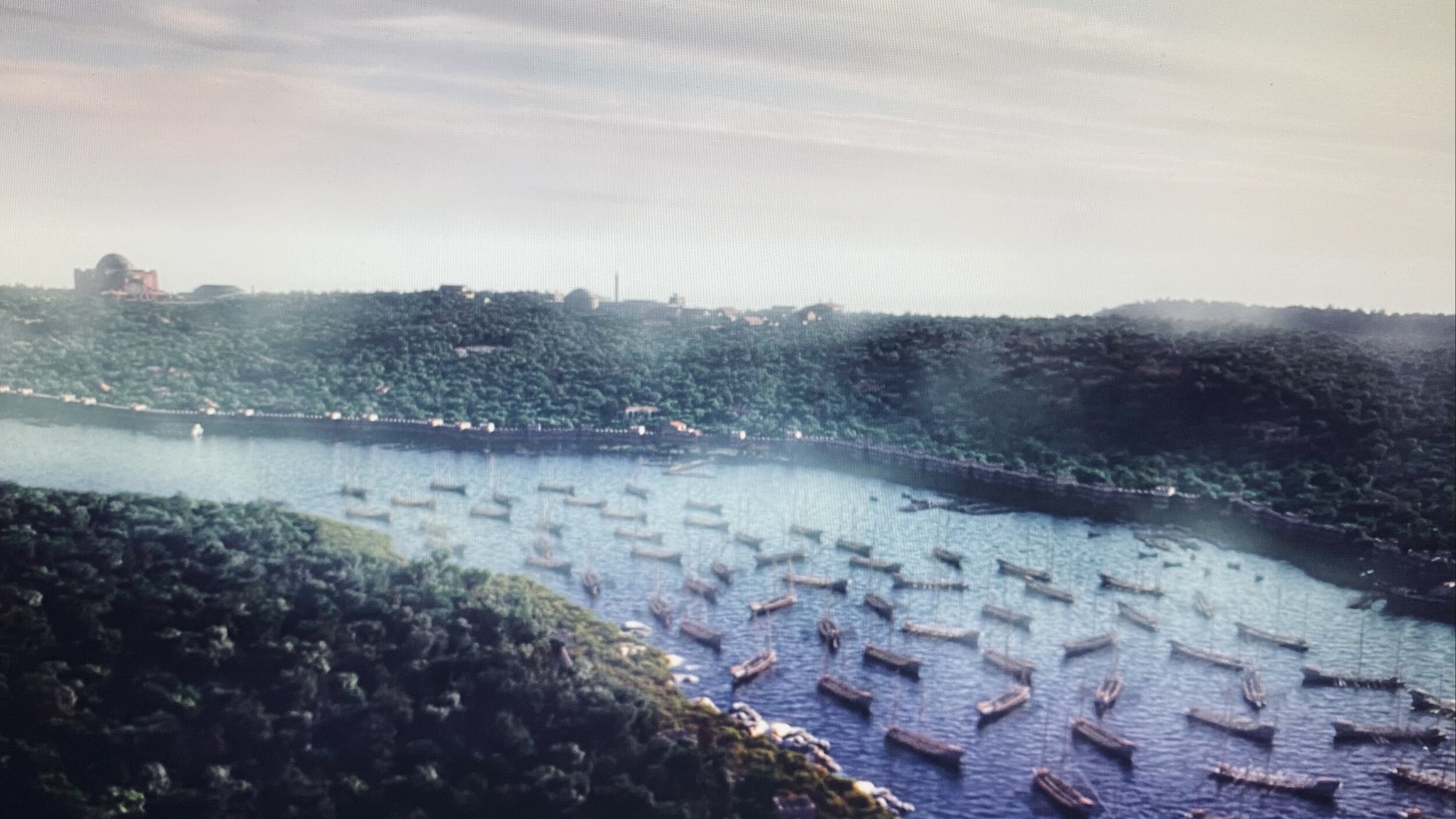The Conquest of Constantinople 1453
The Beautiful City
Constantinople was the capital of the Eastern Roman Empire or Byzantine Empire. The Byzantine Empire was founded by the religious Roman emperor Constantine I, also known as Constantine the Great, in 324 AD. Emperor Constantine I was the first Roman emperor who would eventually embrace Christianity. This was clearly visible in the city, especially with the largest and most beautiful cathedral in the world (later transformed into a mosque): The Hagia Sophia.
Colossus of Constantine I
Constantinople was in addition to her love for Christianity, one of the most magnificent cities globally, located on two continents, Asia and Europe. The name Constantinople means "the city of Constantine", but it was also known as the New Rome. The city survived many sieges in the past, until 29 May 1453. It could not resist the mighty cannons of the just 21 years old Ottoman Sultan Mehmed II, who's number one dream was to conqueror Constantinople and to spread Islam across the whole world.
The Hadith
After a golden age (from 850 to 1050) of Byzantine art, architecture and craftsmanship, Constantinople went into a sharp decline. One of the crucial factors that set the decline in motion was the Ottomans' onslaught who conquered much of Asia Minor.
Even centuries before the invasion, the association between Muslims and the conquest of Constantinople was not unfamiliar. The Muslim world believed that the conquest of the beautiful city would let to a just world. The Muslims' greatest motivation to start a siege was the Hadith coming from the last Muslim Prophet: Muhammad (saw). The Hadith cited "they will conquer Konstantiniye. Hail the leader and the army to whom that good fortune will be given".
The Muslim army made various attempts to capture the city, but these were to no avail. However, the city came under serious threat by the rise of the Ottoman Empire (1299 AD). But still, none of the Sultans were eager or wise enough to conquer Constantinople. But the belief in the Hadith was strong, and one day those strong Theodosian walls would be destroyed. Sultan Mehmed II, known for his high intelligence, would eventually be the Sultan that will end the Roman Empire and set up a new age: The Renaissance.
Sultan Mehmed II
Ottoman Sultan Mehmed II
Sultan Mehmed II also known as “the Conqueror”, was born on March 30, 1432, in Edirne. He was Sultan Murad II, his fourth son. Mehmed became Sultan at the age of 19, after his father’s death in 1451. Mehmed II was different from the previous Sultans who ruled the Ottoman Empire. The young Sultan was not only an able military commander with military talents in organising logistics, feeding, moving and directing an army, but he was also an insightful statesman. He was praised for his intellectual capacity and his love for literature and art. The history and geography of the world were not unknown to him. He was a master of astrology and always encouraging his researchers to reach for more. He also had a great interest in Persian poetry and wrote himself poems. The Sultan was so fond of art; he later invited the gifted artist Bellini from Venice to his court and let him paint a portrait of himself together with one of his sons. A devout Muslim, fluent in at least three languages of the day, namely Arabic, Turkish and Persian. The Sultan could also read in Latin, Greek and Italian.
A portrait of Sultan Mehmed II and one of his sons, from the painter Bellini (ca 1479 AD)
Sultan Mehmed II was from the first day of his reign very ambitious to take the city. He took the opportunity to disclose his determination to be the leader that will conquer Constantinople and fulfil the famous Hadith. Immediately after the accession of the Ottoman throne, Sultan Mehmed began to create different plans to make the siege a success. However, the pressure on the young Sultan was immense, because he was confronted with a task none of his ancestor could complete. Not even his own father, Sultan Murad II was able to break down those huge walls.
Strategies and Manoeuver
The city of Constantinople was way smaller than the metropolis Istanbul has become today. The city had a rough triangle shape, with slightly curved sides. It was protected with a triple line of walls. The land-walls stretched from the Blachernae quarter on the Golden Horn to the Studion quarter on the Sea of Marmara. These walls were massive, each flanked by towers. The Golden Horn side walls were about three to four miles in length, but these walls were not as strong as the land-walls.
To protect his Empire, Byzantine Emperor Constantine XI made different changes to his defence. The last Roman Emperor ordered the bridge across the moats to be destroyed, and the gates of the city closed.
With the advice of a Genoese engineer, Bartolomeo Soligo, a great chain was constructed across the entrance to the harbour of the Golden Horn. The chain was stretching on one end to the tower of Eugenius and the other end to the walls of Galata. Disabling every enemy ship to enter the Bosphorus, and to start an attack from the sea.
The chain between Galata and Constantinople
Sultan Mehmed, a great strategist, studied the previous sieges of Constantinople with a lot of attention. He knew that this siege had to be different than the previous ones, to become successful. A master diplomat, the Sultan made several treaties in the western borders with the Serbians and Hungarians. These diplomatic treaties made it difficult for them to aid Constantinople when it was under siege. A second smart strategy adopted by the Sultan was to suppress the city of any supply and aid through the Bosphorus. This plan was executed by building a great fortress known as Rumeli Hisarı, on the city's European side. Across this large fortress, there was another one, Anadolu Hisari, erected earlier by Sultan Bayezid I.
Time also played a crucial role in the siege. A long siege would allow the Hungarian and Venetian forces to aid the besieged city. A long siege would also drain the Ottoman recourses and the fighting spirit of the soldiers. However, with the use of artillery, Sultan Mehmed wanted to make short shrift of the city. The Sultan made a concerted effort to improvise his artillery. His plan was made easier with the expertise provided by a Hungarian engineer named Urban. However, before helping the Sultan improving his artillery, Urban offered his expertise to the Emperor. But the Emperor could not pay Urban the salary he thought to be his due. After this, Urban offered the Sultan his plan to build a canon that even could blast the walls of Babylon. This canon was known as the Basilica and needed two to three hours to be reloaded.
The Basilica
The Siege
After a long preparation time, both from the attackers and the defenders, the siege of Constantinople had ultimately begun on April 6, 1453. The siege lasted for seven weeks. The date of the siege was chosen for a reason. April 6 was a Friday, and Friday is the holy day of the Muslim world. After the Friday prayers, the Ottomans set their camp to the west of the city north of the Golden Horn. However, the continuous bombardment of the walls started on April 12. The large canons of Urban, as mentioned before, created enormous damage to the dense of the city.
The first two weeks of the siege were not successful. Although the city was short of defenders, it was defended with success. The land attacks by the Ottoman army did not yield any promising result. The Byzantine army, which was led by the Genoese captain: Giovanni Giustiniani Longo, was repeatedly cutting every attack of the Ottomans.
Genoese captain Giovanni Giustiniani Longo
Flying Ships
The young Sultan was aware of his constrain. Mainly because the land attack alone will not be able to defeat the Byzantine army; Mehmed planned for an active naval attack. Because of the massive chain that made it impossible to sail into the Golden Horn and attack the city from the weak sea wall, the Sultan had to develop another smart plan. During the night of April 21-22, Sultan Mehmed ordered his vessels to dragged overland, over the Galata Hill into the Golden Horn. This allowed the Ottoman navy to fire on the sea wall, thereby spreading the Byzantine defenders even more thinly. The defenders of Constantinople were caught by surprise. A brilliant military move of the young, intelligent Sultan.
The Conquer
Despite this brilliant advantage, there was doubt about the campaign's success, especially from the Sultans Grand Vizier (adviser), Çandarlı Halil Pasha. From the very beginning, Halil Pasha intended to leave the assault and never really believed in the young Sultan.
Mehmed had to come with another brilliant plan to finish the siege with success. On Monday, May 28, he visited his troops and announced that rewards would be given for the first who managed to enter the city and warned that traitors would be punished severely.
The Sultans plan was working, and in the morning of May 29, the Ottoman troops burned their camps and were shouting that the next day they would be sleeping in Constantinople.
The Sultan commanded a large and final assault on May 29. The first and second attacks of the Ottomans were not a success, but they managed to weaken the defenders and to drain their ammunition. And finally, in the early light of dawn, the Sultan sent his twelve thousand best trained elite soldiers, the Janissaries.
Sultan Mehmed II entering Constantinople
The strategies inserted by the Sultan paid off. The spirit of the Ottomans was of no match to the demoralised defending Byzantines. The city was finally captured on May 29, 1453, after a siege of 53 days. After a three-day pillage, the Sultan entered the city and proclaimed, "Hereafter my capital is Constantinople”.
Worldhisstory, Instagram
References:
Othman, M. R. (1997). The Conquest of Constantinople 1453: The Visions and Strategies of Sultan Mehmed II. SEJARAH: Journal of the Department of History, 5(5).
(2020). [Television series episode]. In Netflix (Executive producer), Rise of Empires: Ottoman.

